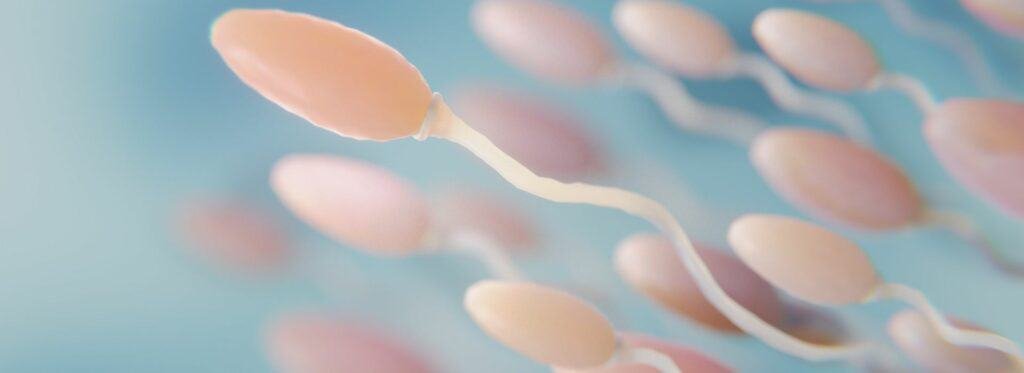Spermatogenesis is the biological process of producing sperm cells, which are the male gametes or sex cells that can fertilise the female oocytes or eggs during sexual reproduction. Spermatogenesis occurs in the male gonads or testes, which are organs that produce and store sperm and secrete male sex hormones. Spermatogenesis involves a series of events that transform the undifferentiated male germ cells into mature and motile spermatozoa or sperm cells.
Stages of Spermatogenesis
Spermatogenesis can be divided into three main stages: spermatocytogenesis, meiosis, and spermiogenesis.
Spermatocytogenesis
Spermatocytogenesis is the first stage of spermatogenesis, in which the stem cells or spermatogonia located in the outer wall of the seminiferous tubules (the coiled structures within the testes where spermatogenesis takes place) undergo mitotic divisions to produce two types of cells: type A cells and type B cells. Type A cells remain as stem cells and continue to divide, while type B cells differentiate into primary spermatocytes, which are the cells that enter the next stage of spermatogenesis.
Meiosis
Meiosis is the second stage of spermatogenesis, in which the primary spermatocytes undergo two consecutive cell divisions to produce four haploid cells called spermatids. Meiosis consists of two phases: meiosis I and meiosis II. In meiosis I, the primary spermatocytes divide into two secondary spermatocytes, each with half the number of chromosomes as the original cell. In meiosis II, the secondary spermatocytes divide into two spermatids each, resulting in four spermatids from one primary spermatocyte. The spermatids have 23 chromosomes each, which is the same number as in the egg cells and other body cells.
Spermiogenesis
Spermiogenesis is the third and final stage of spermatogenesis, in which the spermatids undergo morphological and functional changes to become spermatozoa or sperm cells. Spermiogenesis involves the formation of a flagellum or tail, the condensation of the nucleus, the reduction of the cytoplasm, and the development of an acrosome, which is a cap-like structure that contains enzymes that help the sperm penetrate the egg. The spermatozoa are then released into the lumen of the seminiferous tubules and transported to the epididymis, where they mature and become motile.
Regulation of Spermatogenesis
Sperm creation is a continuous and complex process regulated by various factors like temperature, nutrition, stress, and exposure to toxins. Hormones from the endocrine system, including the hypothalamus, pituitary gland, and testes, also play a crucial role. The hypothalamus releases a hormone that stimulates the pituitary gland to produce others, which then regulate the Sertoli and Leydig cells, essential for supporting sperm development and testosterone production.
Significance of Spermatogenesis
Spermatogenesis is vital for sexual reproduction, ensuring genetic diversity in offspring. Each sperm has a unique combination of genes due to the random assortment of chromosomes during meiosis. This diversity helps offspring adapt to different environments. Spermatogenesis also maintains a constant number of chromosomes, which is crucial for the stability and continuity of species.
Bottom Line
Spermatogenesis, the process of creating sperm, is essential for the continuation of life. Taking place in the testes, this intricate journey involves stages like spermatocytogenesis, meiosis, and spermiogenesis. Hormonal regulation and external factors influence this process, highlighting its complexity. Ultimately, spermatogenesis ensures genetic diversity in offspring, enhancing their adaptability, while also maintaining the stability and continuity of species through the consistent number of chromosomes.









